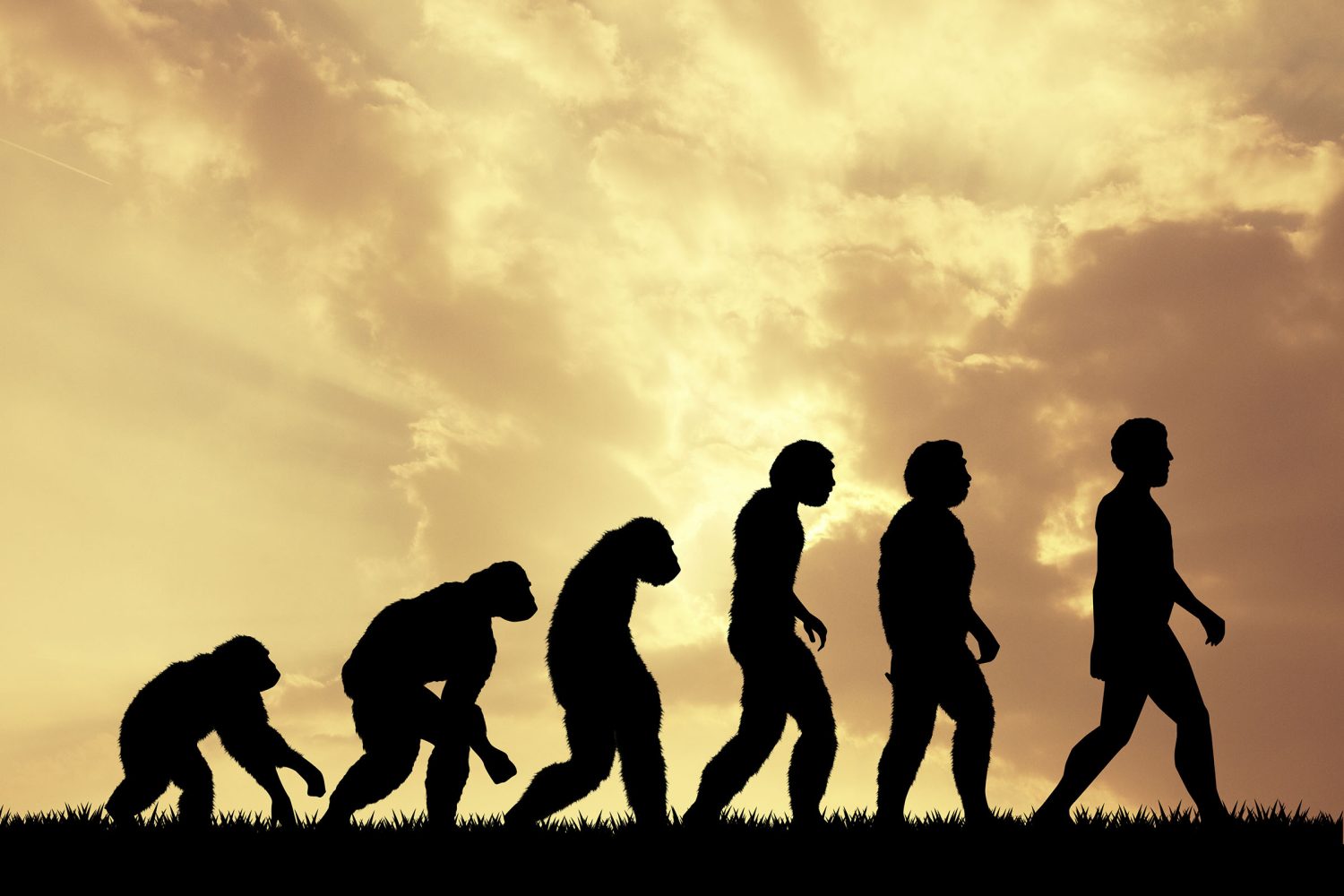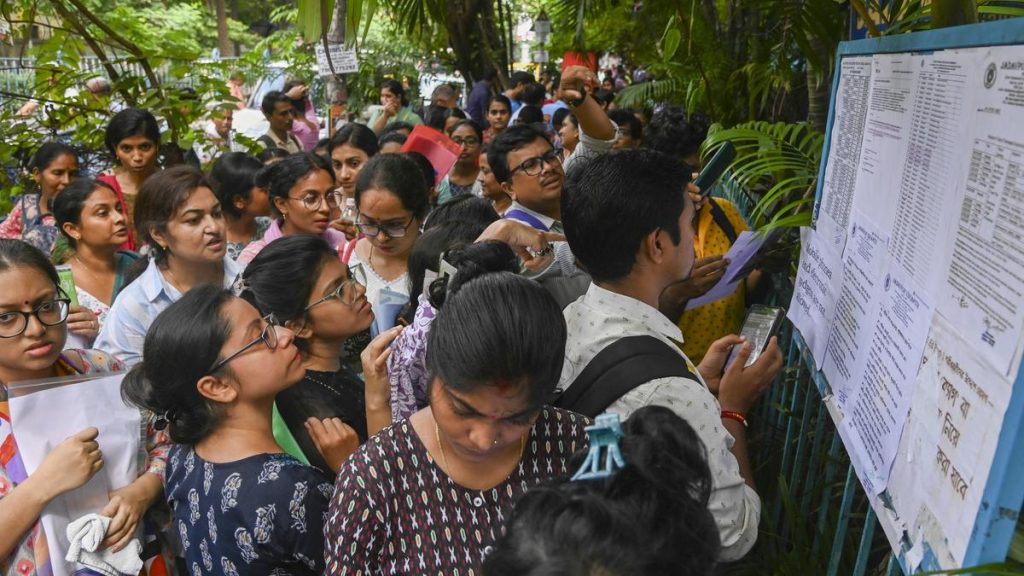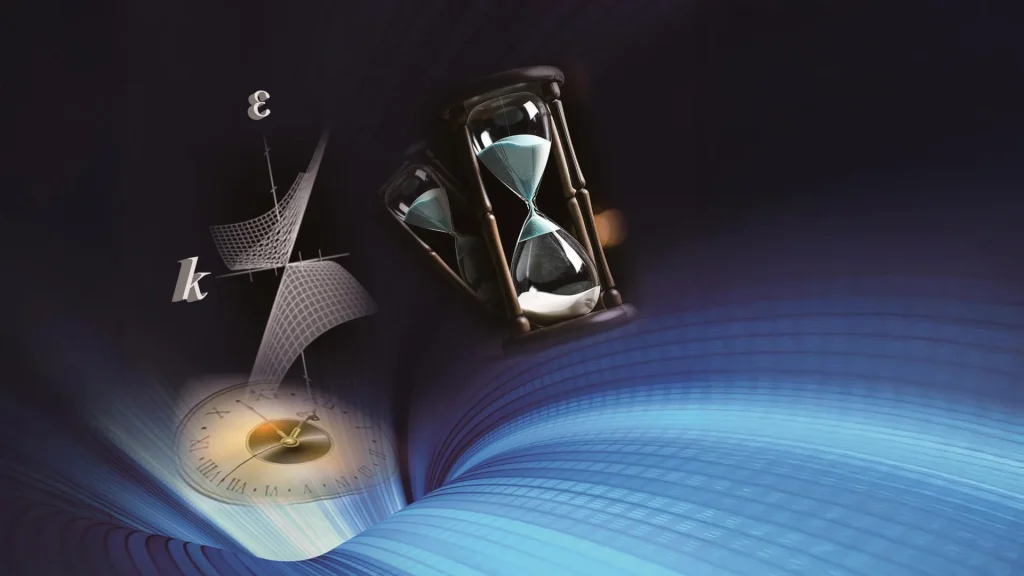Now Reading: Scientists Reveal Surprising Discovery in Human Evolution
-
01
Scientists Reveal Surprising Discovery in Human Evolution
Scientists Reveal Surprising Discovery in Human Evolution

Rapid Summary
- Groundbreaking research from the University of Cambridge challenges the dominant theory that modern humans evolved from a single ancestral lineage in Africa.
- The study reveals that modern humans emerged from two distinct ancestral populations,which split 1.5 million years ago and reunited about 300,000 years ago before Homo sapiens spread globally.
- Published in Nature Genetics, the findings are based on advanced analysis of full genome sequences using a new computational model called “cobraa.”
- One population contributed approximately 80% of modern human DNA, while the other provided around 20%, mostly genes associated with brain function and neural development.
- This genetic mixing event had far greater influence on all modern humans than Neanderthal or Denisovan DNA.
- Researchers noted that one ancestral group endured a major population bottleneck over one million years before recovering and becoming the primary genetic source for Homo sapiens, Neanderthals, and Denisovans.
- The study portrays human evolution as a complex process involving population splits and reunions rather than linear progression.
!Image source: Gorodenkoff / adobe
Indian opinion Analysis
This groundbreaking research reframes our comprehension of early human evolution by introducing a scenario rich with complexity-emphasizing population divergence followed by reconnection. For India, it underscores humanity’s deeply interconnected roots despite diverse migrations shaping cultures. Such studies could inspire collaborative genomic initiatives within India’s rich anthropological landscape to understand ancient migrations into South Asia.
Moreover,insights into brain-related gene contributions may have implications for understanding variations in cognitive development across populations today.As science elucidates our shared genetic heritage through robust methodologies like “cobraa,” it fosters unity across global cultures by reminding us where we come from-a beneficial perspective in today’s climate of geopolitical divides.



























